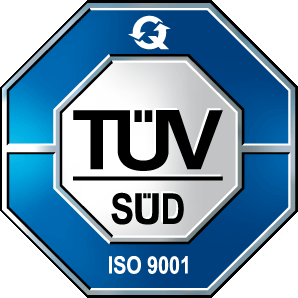
stay up to date
Subscribe to the Ignite Magazine Newsletter
Automotive, Coating, Contract Furniture, Hydrolysis Reistance, Polyurethane, Tropical Test, Upholstery, Waterproof
Revolutionizing Resilience: How GERPHOS Elevates Polyurethane’s Durability & Hydrolysis Resistance in Demanding Environments
The hydrolysis resistance or an ability to prevent breaking and cracking of the PU when exposed to heat and humidity is tested in so called “Tropical test”. In the hydrolysis test chamber, the material is subjected to relative humidity of 95% and temperature of 70° C for several weeks and then compared to the control sample for degradation and other physical properties, such as colour change.
In the most cases PUs treated with the generic FR solutions perform very poorly mainly because of the difficulty of fine-tuning the balanced polymer matrix, which has a high level of flame retardancy, hydrolysis resistance and absence of halogens, a mandatory requirement for their application in health, contract and –increasingly- in automotive markets.
Our passion for solving challenging chemical engineering puzzles resulted in the custom designed GERPHOS solution with excellent hydrolysis resistance properties. Due to the comparably high molecular weight in a combination with special surface modification, we have created flame retardant that doesn’t only perform well in the Tropical Test, but even after many hours in coagulation baths doesn’t show any degradation. PUs treated with GERPHOS exhibit also rapid drying of the PU coagulation layer after leaving the water bath.
May you also face the challenging production requirements, or you are unhappy with the current FR solution, please book a free consultation with our R&D department here
MORE FROM IGNITE MAGAZINE
Coming Soon: GERPHOS® 430 NEO — A TPP-Free, REACH-Compliant Flame Retardant Alternative for PVC Applications
Looking for a TPP-free flame retardant alternative? GERPHOS® 430 NEO is GULEC’s upcoming drop-in solution for flexible PVC applications. With typical TPP content below 0.1%, it meets REACH compliance while maintaining proven performance. Launching January 2026, with samples available from September 2025.

Plant-Based Leather Alternatives: Pioneering Sustainability with Advanced Flame Retardants
What if the future of fashion and upholstery is growing in a field, not a factory? How are plant-based leathers and advanced flame retardants redefining sustainability and style? Discover the innovative materials paving the way for a greener tomorrow.
Eco-Friendly materials, Innovation, Plant-based, Sustainability, Vegan Leather

Pioneering Fire Safety in Aviation’s Greener Era
Aviation enters a new horizon, redefining the boundaries of safety with cutting-edge flame retardant technologies. Discover how the future of flying could soar with innovative materials designed to meet the highest safety and environmental standards.
Aviation, Circular Economy, Halogen-free, Light Weight Materials, Novel Polymers





